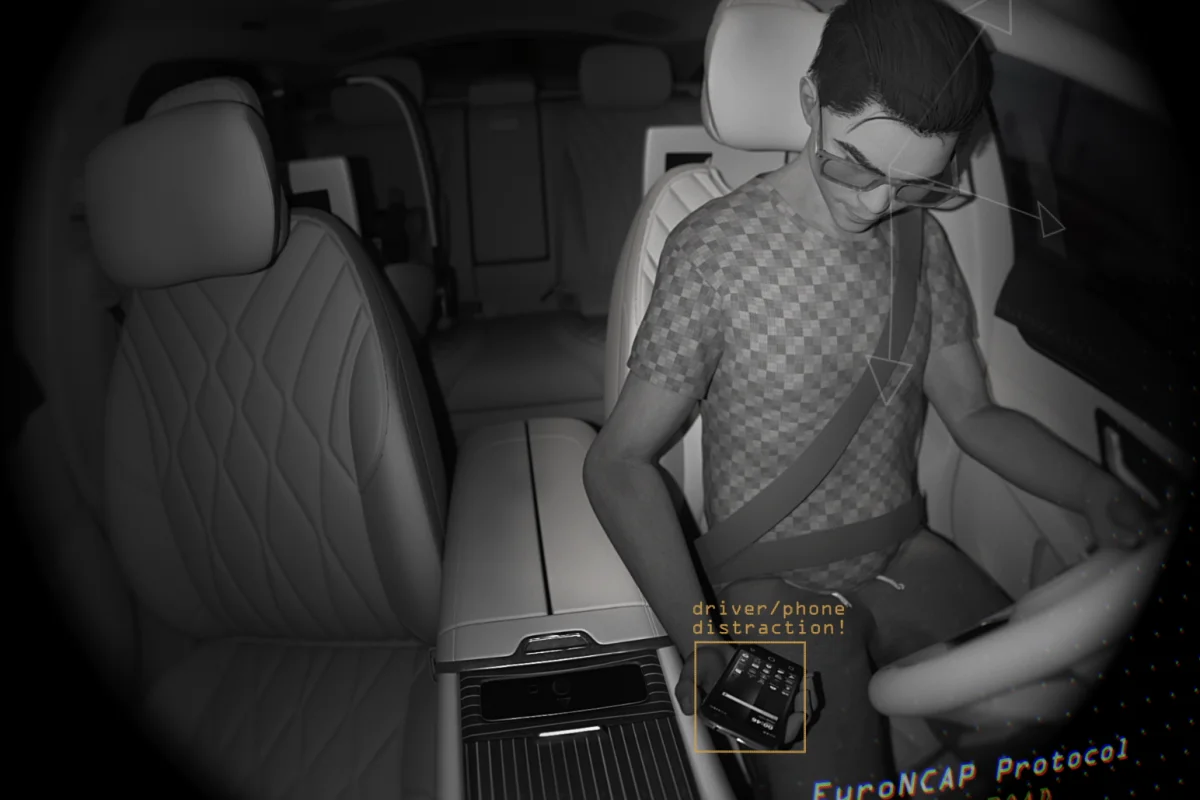Synthetic data for in-cabin product development whitepaper
Tim Edwards, co-founder and VP strategy, explores Seeing Machines' considered approach to synthetic data in development of driver monitoring product development.
At the intersection of the science of understanding human behaviour, a rapidly evolving vehicle safety market with cost and timing pressures, and the absolute need to increase real-world driver safety (ultimately reducing road accidents, injuries, and fatalities), we (like the industry at large) are continually seeking to further evolve our approach to Driver Monitoring design and development. One of the more controversial elements in this evolution is the use of synthetic (or computer generated) data.
Synthetic data offers the potential to remove much of the slow and expensive real world data collection activities which dominate in-cabin product development efforts in the automotive industry. It can also theoretically provide access to data that may be nearly impossible to attain safely, or at all, by real-world recording means.
However, synthetic data also comes laden with risk. While the technology has been maturing in adjacent markets over the last decade driven largely by the global investment into automated driving, virtual reality and AI, its application to the human-centric world of driver monitoring remains in its infancy.
It is important that the both the benefits and risks associated with synthetic data are carefully considered. The adage “garbage in – garbage out” that holds true for other data sources absolutely applies here. Faulty or insufficient inputs will generate meaningless or erroneous outputs. Our internal studies have shown us that training our models with synthetic data can often result in models that fail to generalise to the real-world.
In this article we explore the application of synthetic data to our field of expertise; in-cabin monitoring systems. We discuss Seeing Machines’ approach to the gradual and careful adoption of synthetic data in its internal engineering processes and why we have partnered with the specialist startup Devant.
With Euro NCAP introducing a new procedure to test new vehicles on their ability to detect and mitigate driver distraction, and EU regulation requiring drowsiness and attention monitoring in new vehicles coming into effect soon, DMS product development will need to scale up to meet demand.
Download the full Seeing Machines’ white paper: Do not believe your eyes. The use of synthetic data for driver monitoring product development.

